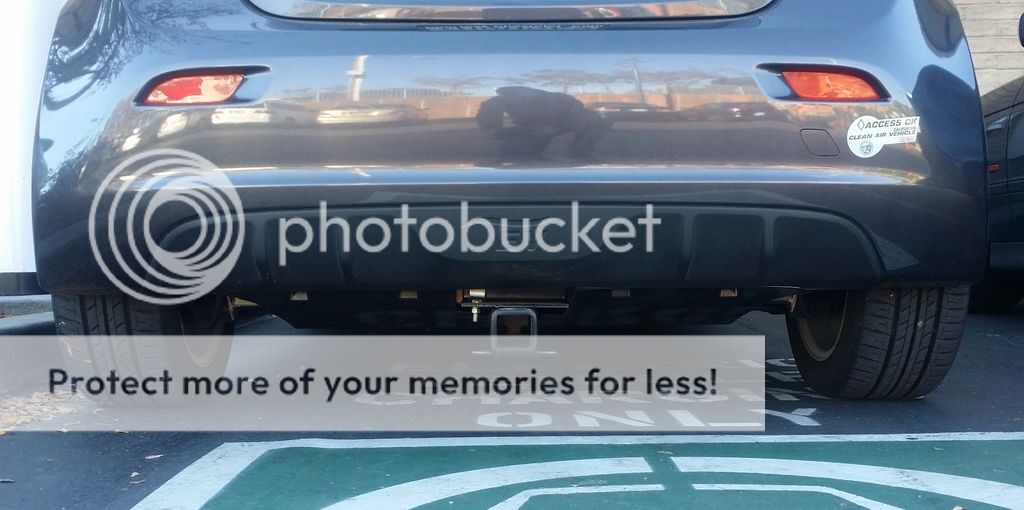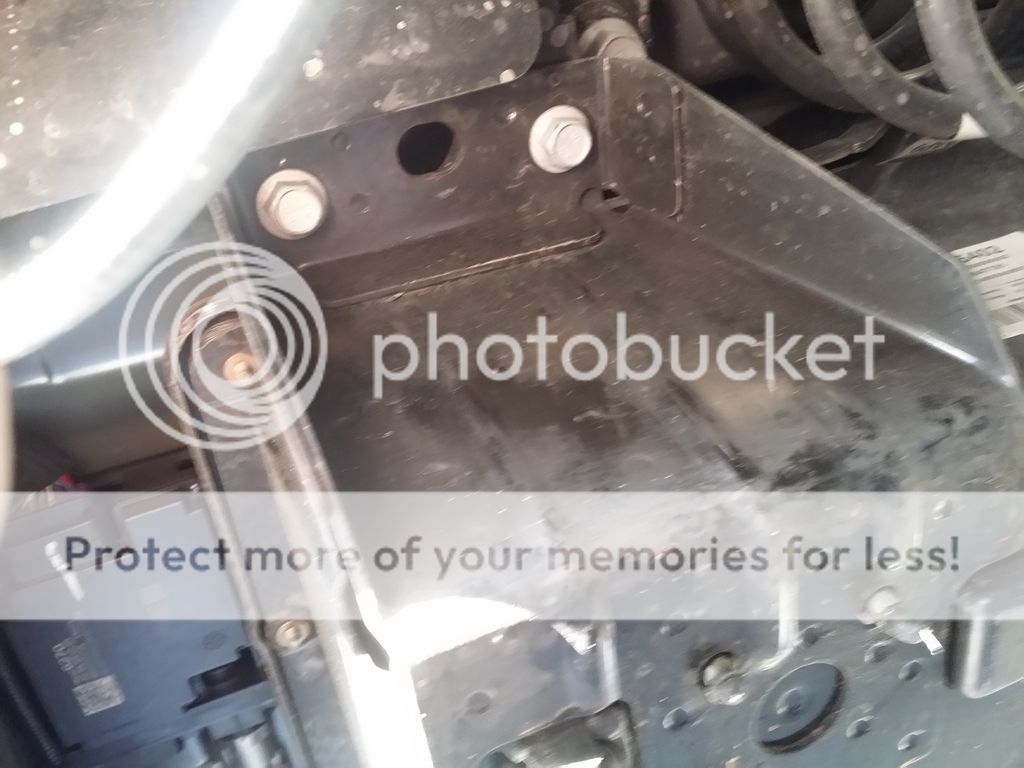I should start out by saying that I'm not trying to talk anyone into this, I'm not trying to make any money off this, and I'm not posting this to suggest it is a better solution than your idea of routing the bike rack straps so they don't rub the paint. I think you have a great idea. But I already invested in two bike racks for my other vehicle that mount on that vehicle's 2 inch receiver. That vehicle is not parked where I live because it's a large camper van, so any time I want to transport a bike anywhere, I have to drive over and get that vehicle and bring it back, load the bikes, then do the whole thing in reverse after I'm done. I did get a folding mountain bike that fit in the back of my Spark, but it's not as easy as the bike rack I have, gets dirt in the back of the car, and it's not my favorite mountain bike tbh.
As far as the dealer saying "WTH" when I go in for service, I'd say definitely everyone should weigh the risks against the benefits before doing this. I would reiterate that I'm fairly certain I voided the warranty on my vehicle by doing this. I would offer up two points, however, to balance what you said. One is that, except for the obvious amateur-looking-bolted-on-one-side L bracket, there isn't anything terribly unusual about this Draw-Tite hitch that a dealer wouldn't be used to seeing with any other after-market hitch install. It's made for trucks and SUVs, so yeah it's on the hefty side, but everything except the receiver part is hidden under the plastic panel, even more so if it were done properly 2 inches higher. So all the dealer will see is the outermost part of the 2 inch receiver metal. I'll post a follow up once I actually bring it in to a dealer and let you know the response. The second point is that if you are really concerned about how the dealer may react if you're bringing it in for anything other than routine service, especially work covered under a warranty, you hopefully would be in a situation where you have the option of unbolting it and removing it before you take the car in. May sound like a pain in the a$$, but just saying it is an option (again, you have to decide if it's worth the hassle).
Regarding ruining the plastic on the sides by the tires... I'l take a look under the car after work and see if there's any way to install this without cutting those pieces. I think the issue was that the bar on the Draw-Tite model 75038 is 38 inches long and the bar on the model 75034 is 34 inches long, when what we needed was one about 36 or 37 inches long, but as far as I know there is no model 75036. With more precision, you could probably cut away less of the plastic to make just enough room for the bar without compromising the muck-deflecting properties of the plastic.
I definitely need to post a photo of it with the bottom plastic guard in place to give you a better idea of what is covered up by that plastic piece. Some of my photos are showing the process and not what it actually looks like covered up, so you might have an impression that the whole area was left exposed, which isn't the case. I'll post a photo.
The electrical wire you mentioned connects to the wheels, and admittedly I did not RTFM, I assumed they are for regenerative braking. I'll take a look again underneath to see if I did, in fact, expose them to potentially more debris than before. But if you zoom in on my BEFORE photo, you can see that those wires were exposed before I did any modification. They're designed to connect down to the wheel and be exposed like that. But again, if I did anything that made them more exposed, I'll let you all know and see if there is a way around that.
I didn't mention the weight of the rack and bike to imply that there is a 1 to 1 correlation between the weight and the force on the bolts. I agree that there is more force applied at the bolts than just the simple addition of bike rack weight plus bike weight. I mentioned it to say that one absolutely necessary improvement over the way I did it is to make sure that the bending force of the bike and the bike rack are not further compounded by not having the hitch at the proper angle to begin with. Because I installed the hitch with the existing L shaped metal on the sides, it was angled slightly downward. In order to bolt it to the bumper metal, I had to put a jack under it and lift it slightly, then bolt it. So before I put any bike rack or bike on it, it already had a downward force on the bolt, which is not a good idea. Definitely have to fix that.
And finally, just want to be clear that I'm not trying to persuade anyone, just offering a possible solution to a shared problem.
Thanks,
Sean













